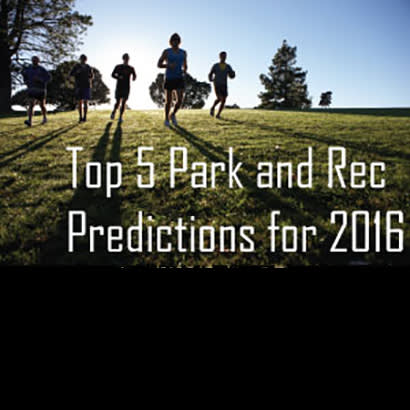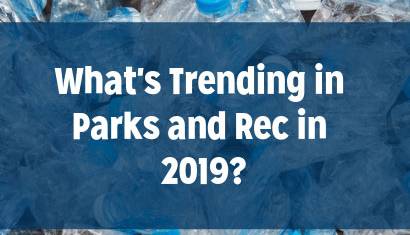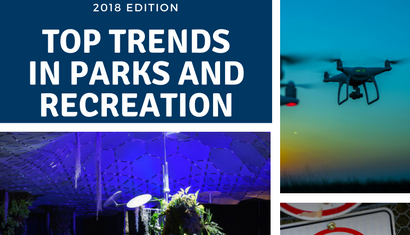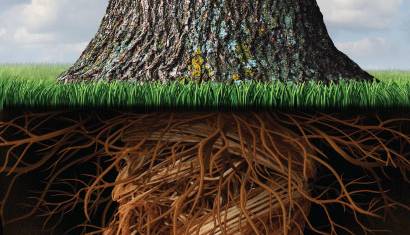
Just before 2015 turned to 2016, a number of NRPA staff members got out the crystal ball and put together a list of what they felt would be likely to happen in parks and recreation in 2016. Based on their knowledge of the field and current events, here are NRPA’s top five predictions for parks and recreation in 2016:
- Continued low energy costs in 2016 will give park and rec agencies an unexpected budget boost. Those agencies that are nimble will be able to capitalize on the temporary windfall by investing such surpluses in long-term energy improvements and renewable energy sources.
- Parks will play an increasingly important role in contributing to climate change response. Agencies will begin to utilize parks in new ways to respond to climate change such as providing emergency services to their communities in times of extreme weather events. Adaptation strategies will include developing ‘sponge parks’ in urban areas, acquiring and expanding open space parks in flood plains and coastal areas, and designing vegetative buffer parks to protect homes and development.
- Data-driven analysis will increasingly drive cost/benefit calculations about the value of parks. Such data will be critical to justify large scale capital projects and operational costs. The recent NRPA study on the Economic Impact of Local Parks and other studies will be increasingly used to validate the value of parks and recreation to local and regional economies.
- There will be greater transparency in the budgeting process for parks and recreation. As efforts to improve social and health equity in all communities take hold, lower income communities will demand more equity in how funds are allocated for park and recreation services. As one example, citizens will expect elected officials to recognize the social and economic value of using community based park and recreation programs to proactively engage youth in after-school and summer programs rather than resort to incarceration and other ineffective criminal justice approaches.
- A major U.S. city will pass a tax on fitness facilities or sugar sweetened beverages in 2016 to fund park and recreation programs designed to reduce health disparities based on income and zip code.
What are your predictions for parks and recreation in 2016? We would love to hear them! Leave your predictions in the comments and we will feature them in a blog post on January 14.
Richard J. Dolesh is NRPA’s Vice President of Conservation and Parks.




